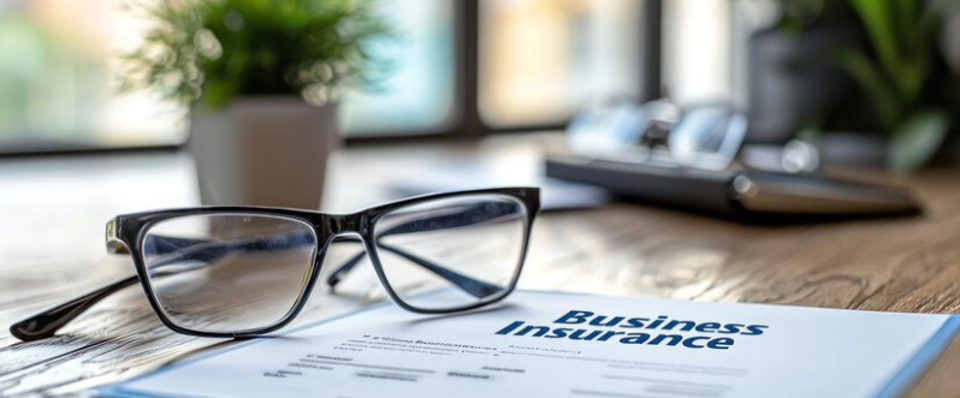
Corporate Auto Insurance Covers Hit and Run
Uninsured Motorist Coverage Application
Corporate auto insurance covers hit-and-run incidents when policies include uninsured motorist (UM) coverage. Since hit-and-run drivers cannot be identified or held financially responsible for damages, they're legally treated as uninsured motorists for coverage purposes. This protection applies to both bodily injury and property damage resulting from hit-and-run collisions affecting company vehicles or employees. Most commercial auto policies include UM coverage as standard protection, though some allow businesses to reject this coverage in writing to reduce premiums. The coverage typically mirrors your liability limits—if you carry $1 million liability coverage, your UM protection generally provides equivalent limits for hit-and-run situations.
Physical Damage Considerations
Collision coverage within corporate auto policies protects company vehicles damaged in hit-and-run incidents. This coverage applies regardless of fault determination and pays for vehicle repairs minus your selected deductible. Unlike liability or UM coverage, which protects against others' damages, collision coverage specifically addresses damage to your own fleet vehicles. Hit-and-run damage typically qualifies as collision rather than comprehensive coverage, as these incidents involve impact with another vehicle even when that vehicle cannot be identified. Companies maintaining collision coverage on fleet vehicles receive protection for hit-and-run repairs, while those selecting liability-only coverage face significant out-of-pocket vehicle replacement or repair costs.
Claim Documentation Requirements
Hit-and-run claims require specific documentation to qualify for coverage benefits. Police reports filed promptly after incidents provide crucial evidence establishing the hit-and-run circumstances and demonstrating good faith cooperation with law enforcement. Witness statements, if available, strengthen claims by providing independent verification of incident details. Immediate accident scene documentation, including photographs, damage assessment, and location details, helps establish claim legitimacy. Many insurers require claims to be reported within 24-48 hours of hit-and-run incidents to qualify for coverage. Dashcam footage, security camera recordings, or other electronic evidence significantly strengthen hit-and-run claims when available.
Coverage Limitations
Important limitations affect corporate auto hit-and-run coverage in specific scenarios. Some policies impose lower limits for UM property damage compared to bodily injury protection, potentially leaving vehicle damage partially unprotected. Phantom vehicle situations—where alleged hit-and-run vehicles cause accidents without physical contact—face heightened scrutiny and may require independent witness verification. Hit-and-run incidents occurring outside policy territory or involving unauthorized drivers may create coverage gaps. Most policies require reasonable efforts to identify hit-and-run drivers before treating incidents as uninsured motorist claims. These limitations underscore the importance of reviewing specific policy language regarding hit-and-run situations and maintaining comprehensive documentation when these incidents occur.





